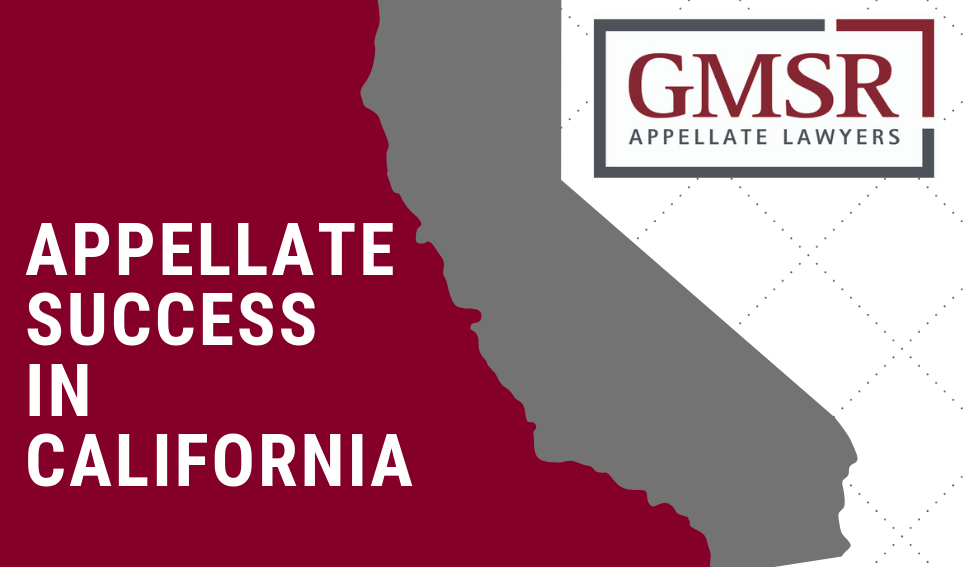Why Headings Matter in Appellate Briefs
Under California appellate rules, briefs must state each point under a separate heading or subheading. Appellants and respondents alike should heed this requirement, as both persuasion and preservation may depend on it. Some practice tips to consider:
- Many appellate courts will deem an argument forfeited if buried under an unrelated heading, or made only in a footnote.
- Headings should be substantive, but not so lengthy that they cease to serve as “headlines” and start to resemble text.
- Organizing headings for each distinct contention brings discipline to the drafting process, making the brief more coherent and digestible. Generating a new Table of Contents for each draft is an excellent editing tool, helping you see whether points flow logically and persuasively.
- If the Table of Contents has “gaps” that would confuse a stranger, revise. Justices often read the TOC to gain a substantive overview of the brief before diving in.
▶ The practical message: Ensure that your brief headings are crisp and clear, and that they smoothly outline all your core contentions on appeal.
Browse By Topic
Email Acknowledgement

We welcome your inquiry. However, sending us an email does not create an attorney-client relationship. For that reason, you should not send us any kind of confidential information. Until we have agreed to represent you, we cannot be obligated to keep it confidential.







